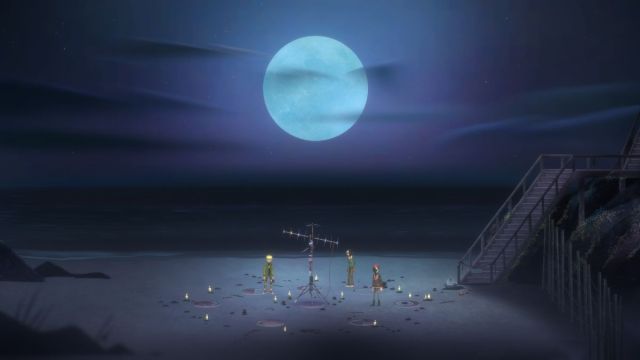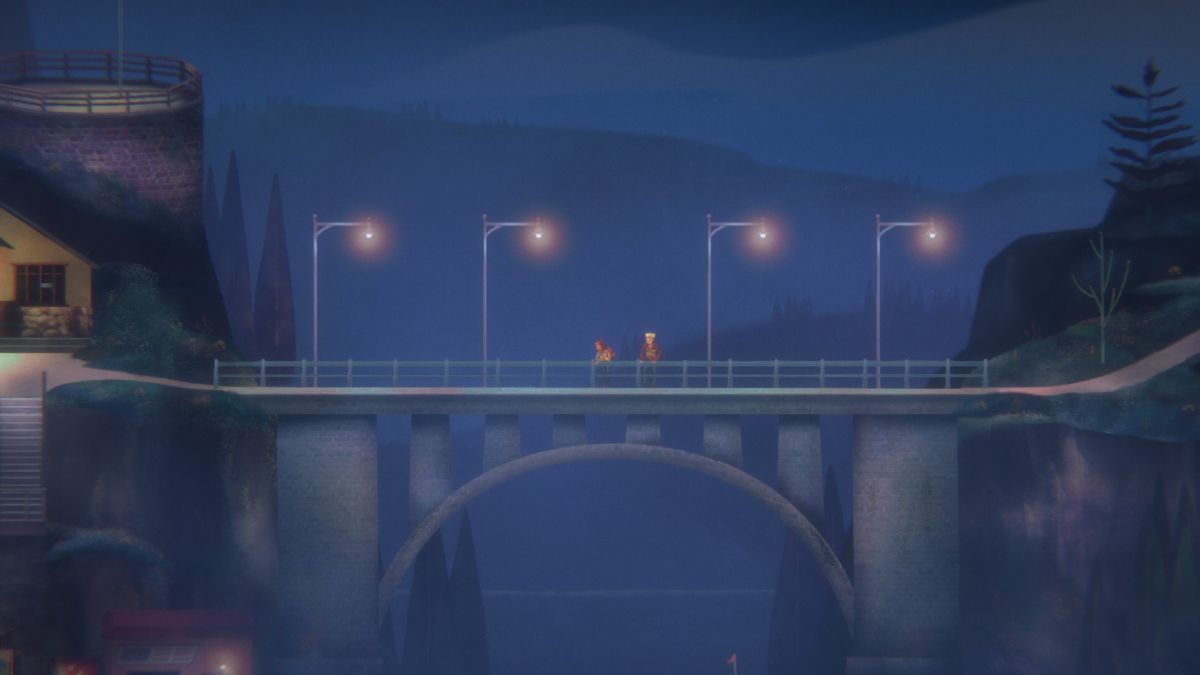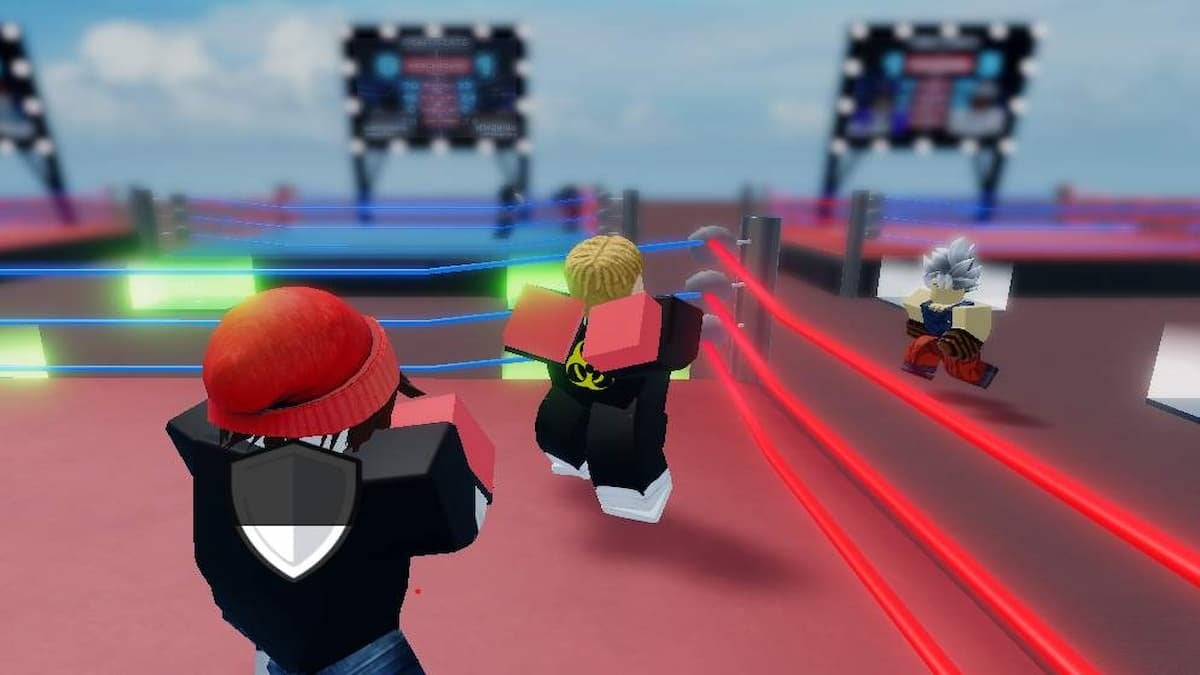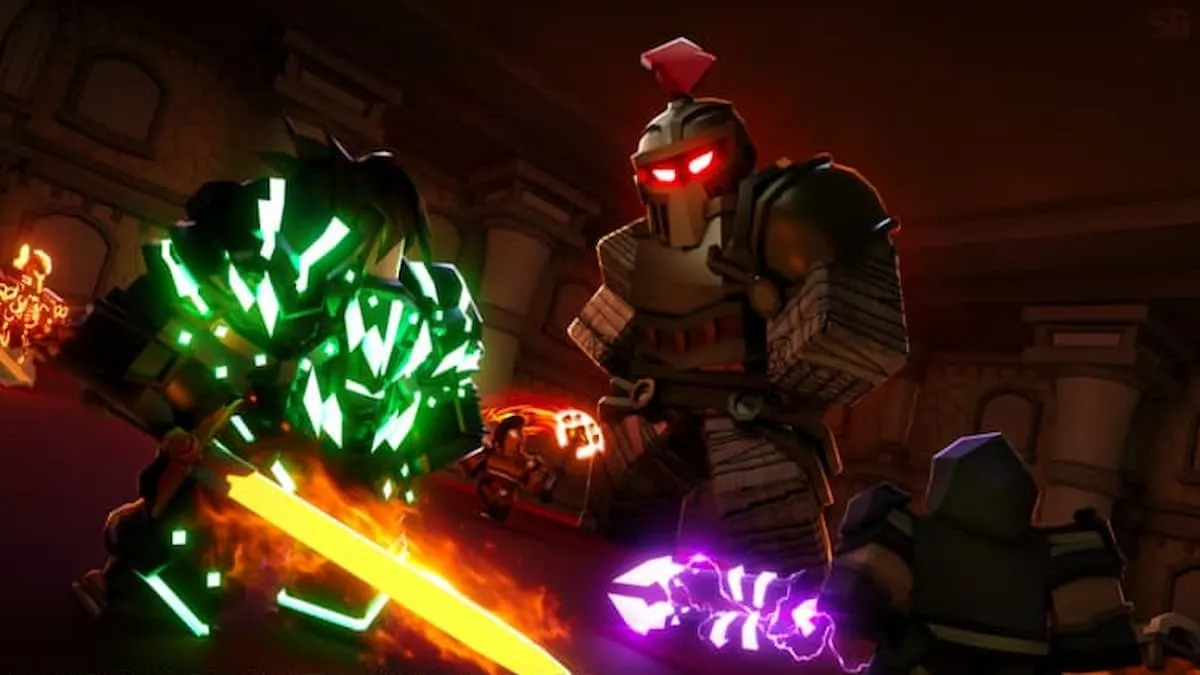Who says you can’t go home?
There are points in life that can feel outside of time. Maybe you’re leaving one big era of your life behind and moving to the next, or maybe a big decision is causing you to escape, flee, and reassess. It’s time enough for the ghosts of the past to catch up to you. And it’s those fears and doubts that Night School Studio plays on again with Oxenfree II: Lost Signals.
Night School’s follow-up to the 2016 adventure game Oxenfree will feel very familiar. Though it follows an older lead, it deals with many of the same threats. Even its geography will feel familiar, as rather than exploring Edwards Island, you’re running around the mainland town of Camena.
For all its familiarity, Oxenfree II: Lost Signals still pulls off some twists, frights, and touching moments. It might not be as big of a surprise the second time around, but Oxenfree II does feel like a worthwhile return for fans of the first.
Oxenfree II: Lost Signals (PC [reviewed], Switch, PS4/PS5, iOS, Android)
Developer: Night School Studio
Publisher: Netflix
Released: July 12, 2023
MSRP: $19.99
Riley Poverly, the lead of Oxenfree II: Lost Signals, is a bit different from Oxenfree‘s Alex. While the latter was dealing with high school, coming-of-age woes, Riley is older. She’s returning to her hometown of Camena to deal with her own issues, after spending a good chunk of her life away. Some of this is freeform and left up to the player to dictate, as they choose how much of Riley’s backstory they tell other characters. It’s an interesting bit of tension, in whether you want to learn more by trusting someone else. Or maybe lying feels more fitting to how you play Riley.
Regardless, there are a lot of opportunities to make these choices. Oxenfree II: Lost Signals is a dialogue-heavy adventure game, and feels even chattier than its predecessor. For one, Riley has a near-constant companion in Jacob, the well-meaning but talkative coworker. Without saying too much, he’s got big Golden Retriever energy. He’s an interesting foil to Riley, and frequently felt like a character to role-play your vision of Riley around, questioning or reaffirming different personality traits.

The overall cast is much larger, though. There’s the mysterious teens working under the guise of Parentage, a local cult, who seem to be encouraging the destructive events of the night along. But Riley’s walkie talkie opens up a lot more conversation. As the player progresses, different channels become the residence of characters who Riley can check in with as the night goes on. For the most part, you don’t meet these characters in-person; they exist as voices on the other end of the line, providing little story beats and updates.
Those storylines were some of my favorite bits of Oxenfree II: Lost Signals, to be honest. An ongoing dialogue with a grizzled sailor named Nick was a highlight, and other characters like Maria and Shelley really add to the experience. I think I’m a little less keen on the general mechanism, as the need to constantly check and see if there were more dialogue options as I wandered between story beats could start to feel tedious. But overall, I thought the walkie was a solid addition.
You can (not) re-do
You might have noticed that I’m not saying much about the main story itself. Well, Oxenfree II: Lost Signals is a heavily story-driven game, and a bit on the shorter side, clocking in at about eight hours for my own playthrough. Much like its predecessor, it is bite-sized enough to knock out in a weekend, and I do genuinely enjoy that. It also makes this a hard game to talk about, without talking directly about its narrative twists and turns.
Riley’s gig, as someone basically called in to set up radio transmitters to look into the anomalies that have been taking place in and around Camena, predictably goes awry. And as you could guess if you played the first, time starts to blend and meld into a haze, too. Riley isn’t coming home just for a temp gig, and over those eight hours, you’ll get at least some insight into why she came back. It’s not all laid out in plain terms, but you can get a pretty good sense of where her head’s at, both in conversations and in the flashbacks to her past.

It’s a compelling story, possibly because I’m in a stage of life close to Riley’s. A lot of Oxenfree II: Lost Signals is about that aching feeling of time encroaching back in on you. Where life once felt like it expanded out ahead with infinite possibilities, time gradually reels that scope back in. And what you have to decide is whether you feel like those margins have truly narrowed or not.
It’s effective. I do think it stumbles a bit at times, especially as it starts to tie in a lot of threads. And maybe it’s that late pivot into a much broader, less personal story that left me with a few lingering wrinkles after credits rolled. They’re minor and don’t really detract from the overall experience. Maybe it’s a sign of a good story that I wanted to jump back in and answer some questions I had about how my story resolved.
Over the river and through the woods
The more noticeable rough patches were in traversal. A big part of Oxenfree II: Lost Signals isn’t just all the different people you can talk to while traversing Camena, but also the ways you get around Camena itself. There are, vaugely, some time portal shenanigans. You can also clamber around the environment a bit, climbing up and down cliffsides. But the big new tool is a climbing anchor and rope, creating avenues for exploring and backtracking.

Some of this felt valuable, as I found some items that opened up areas later or letters from Maggie Adler, which return as a collectible. Areas in Oxenfree II are big though, and especially late-game, as I was trying to retrace steps to find collectibles and finish side stories, there were some frustrations in getting around. It would’ve been nice to sprint through big, long stretches you’d already been through before. And the rope always felt a bit wonky, jittering down the cliff. That’s also where I’d run into weird moments of interaction in general. Nothing bugged out or broke my progression or anything, but it was a bit distracting at times.
I did end up enjoying the overall area of Camena, though only a few spots felt truly memorable. As much as I dug the vibes of the caves, they started to blend together as areas. They don’t stick out to me as much as the big moments, like a really wonderful section set in the community center much later in the story. Oxenfree II: Lost Signals is gorgeous to look at, and the music and dreary tones—mixed with plenty of radio static, of course—set the mood right.

Is leaving possible?
I’ve had a decent amount of time now, to wrap my head around Oxenfree II: Lost Signals. In some ways, it does feel very familiar. Riley’s adventure has many of the same vibes, a few scattered puzzles mostly centered around turning knobs and dials, and plenty of moments where I made a choice and wondered how it might ripple out. But a few wrinkles and hang-ups left me feeling a bit weird after credits rolled. For those who enjoyed the first game, it’s a no-brainer; but I’d also really recommend newcomers play the first game before checking this one out, too.
Oxenfree II feels like Night School returning to its roots in a way, and I think the confidence with which they do so is laudable. There’s enough here that keeps true to its creepy, radio-static origins while expanding out the possibilities. The studio’s style has clearly evolved in the years since, and seeing that come together back in the coastal town of Camena is exciting. It might not be the out-of-left-field surprise it was then, but Oxenfree II: Lost Signals is a solid adventure for those who can’t get enough of strange frequencies and existential dread.
[This review is based on a retail build of the game provided by the publisher.]





Published: Jul 12, 2023 02:00 am